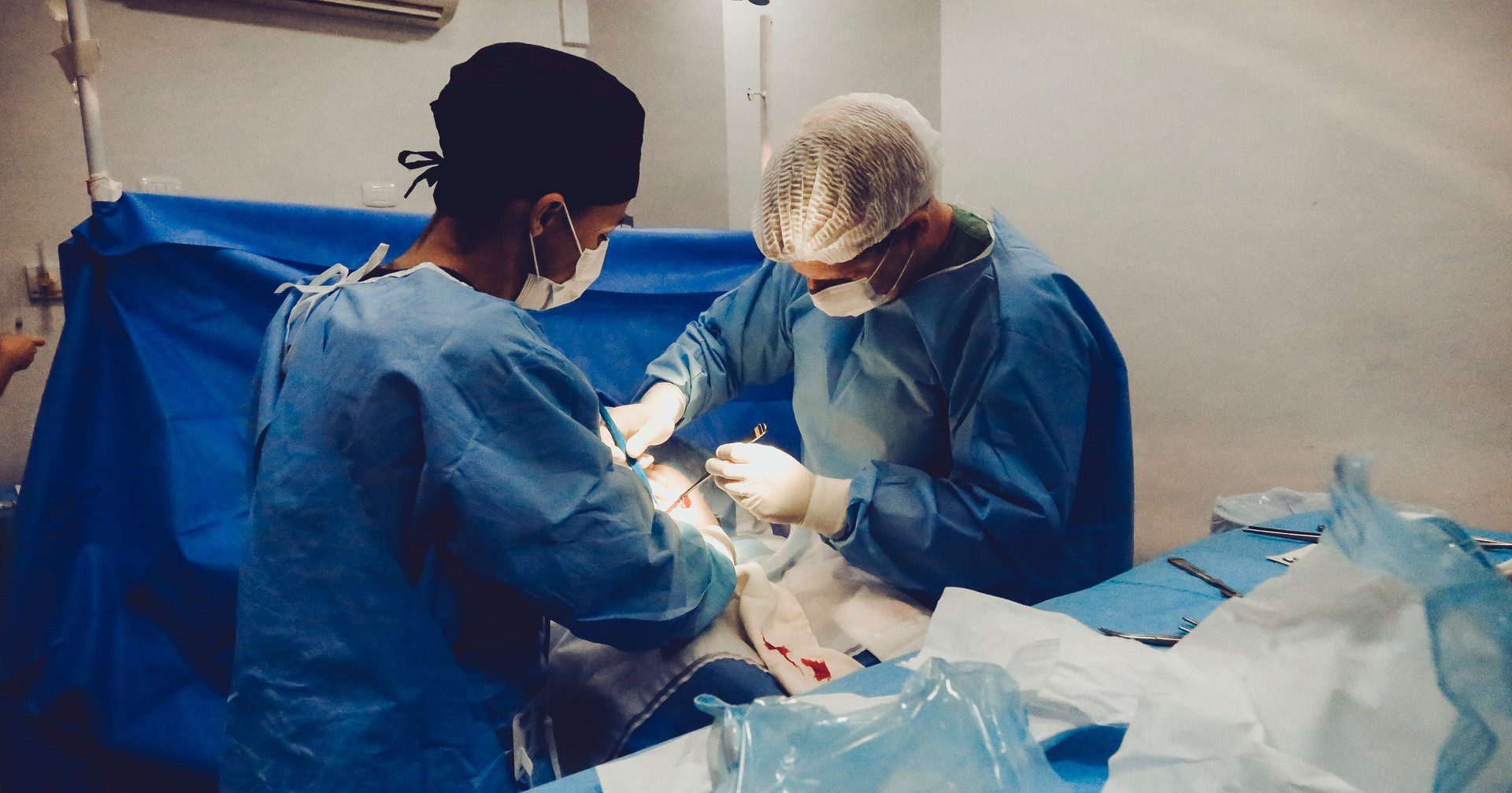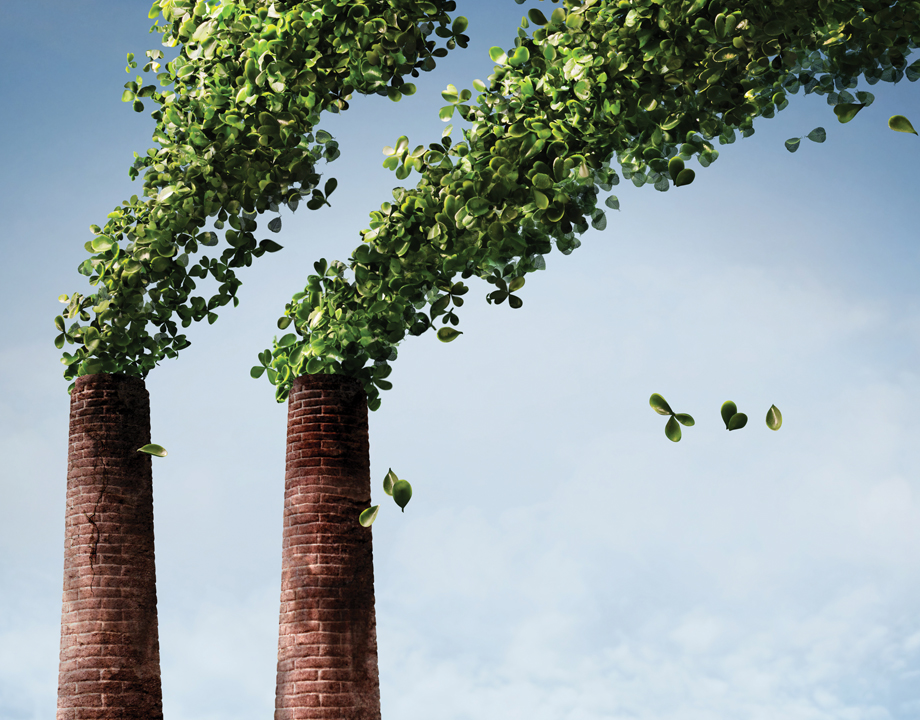
Photo by Vidal Balielo Jr. (Pexels)
Western biomaterials expert Kibret Mequanint – in partnership with Malcolm Xing from University of Manitoba – has developed the first-ever hydrophobic (water-hating) fluid, which displaces body fluids surrounding an injury allowing for near-instantaneous gelling, sealing and healing of injured tissue.
“Tissue adhesives that can perform in the presence of blood, water and other proteins in the body are the holy grail for instant wound closure and hemostasis, especially when time is critical in rescue operations and emergency responses,” said Mequanint, a Western chemical and biochemical engineering professor.
The new ‘bio-glue,’ revealed today in the high-impact journal Science Advances, has the capability to replace and revolutionize tissue adhesives (like fibrin glue) currently utilized in clinical settings, triage situations and mass casualty incidents.
“Fibrin glue, and the like, often fail to displace fluids around an injury,” said Mequanint. “This failure means (current tissue adhesives) never strongly adhere to the wound and often detach within the first hour or two.”
Tissue adhesive washout and detachment are major issues for medical practitioners and may prove fatal for patients, especially when the separation happens in vital organs like the lungs, liver and the heart. These organs – even when healthy – undergo frequent movement (contractions and relaxations) due to physiological needs, which cause additional strain on tissue adhesives.
Since the new bio-glue forms a strong bond with the adjacent tissue, it virtually eliminates detachment. In extensive preclinical studies, it was able to seal a punctured lung, heart, artery and even a fractured skull.
“This new bio-glue is transformative in its deceptive simplicity,” said Mequanint. “There was no tissue reaction to it and the healing was fast.”
Game-changer
For the past two decades, Mequanint has developed numerous pioneering techniques and technologies in the fields of biomaterials, tissue engineering and regenerative medicine, with many applications now considered industry standards.
While its early days, this new discovery may mean an end to surgical sutures and staples made of plastic or stainless steel. The new bio-glue is designed using materials already approved by the U.S. Food and Drug Administration (FDA) for other applications, which will potentially accelerate clinical translation and technology transfer opportunities.
“Underwater adhesion of materials is challenging since the boundary water cannot be displaced so that the adhesive can contact the underlying tissue. Many bio-adhesives actually absorb water instead of displacing it ,” said Mequanint. “And that’s a problem with a lot of materials.”
For the new bio-glue, the primary material is silicone, which does not absorb the water from the tissue, so it sticks.
“Silicone forms a strong adhesion, so you don’t have to worry after the repair that it’s going to reopen and cause more problems beyond the initial injury,” said Mequanint.
Original Article: New Western innovation gels engineering with medicine
More from: University of Western Ontario | University of Manitoba
The Latest Updates from Bing News & Google News
Go deeper with Bing News on:
Bio-glue
- Book Review: ‘Tove Jansson,’ by Boel Westin
The Janssons were part of the relatively affluent Swedish-speaking minority in Finland, a group stereotypically regarded as artistic. Magazine and newspaper articles were written about the Janssons’ ...
- bluebird bio, Inc. (BLUE)
SOMERVILLE, Mass., April 11, 2024--bluebird bio, Inc. (Nasdaq: BLUE) today announced that the Compensation Committee of the Company’s Board of Directors approved inducement grants of 102,700 ...
- hot glue
Then the problem was this: how to attach LEGO to the drive itself? You’d think this is where the hot glue comes in, but that didn’t work because the drive is too slippery. Nothing worked ...
- This Earth Day, Upgrade Your Heels For Luxury Vegan Footwear
What makes footwear sustainable? Most people assume that means they’re made from vegan leather—but oftentimes faux leather can be even worse for the planet than the real deal, since they may be ...
- Monte Rosa Therapeutics Inc GLUE
Morningstar Quantitative Ratings for Stocks are generated using an algorithm that compares companies that are not under analyst coverage to peer companies that do receive analyst-driven ratings ...
Go deeper with Google Headlines on:
Bio-glue
[google_news title=”” keyword=”bio-glue” num_posts=”5″ blurb_length=”0″ show_thumb=”left”]
Go deeper with Bing News on:
Tissue adhesives
- Scientists develop strong yet reusable adhesive from smart materials
Scientists from Nanyang Technological University, Singapore (NTU Singapore) have developed a smart, reusable adhesive more than 10 times stronger than a gecko's feet adhesion, pointing the way for ...
- Allergic Contact Dermatitis from Medical Adhesive Bandages in Patients Who Report Having a Reaction to Medical Bandages
Background: Medical adhesive bandages are extensively used in both inpatient and outpatient medicine. However, few reports describing proven allergic contact dermatitis (ACD) from medical adhesive ...
- Medical Adhesives in the NICU
Adhesive products are selected based on the intended purpose, as well as the anatomic location the adhesive will be attached. An important patient consideration is the type of device being secured ...
- Dental Adhesives and Sealants Market Size is projected to reach USD 25,157.1 million by 2031, growing at a CAGR of 18.3%: Straits Research
According to Straits Research, “The global dental adhesives and sealants market was valued at USD 5,543.6 million in 2022. It is estimated to reach USD 25,157.1 million by 2031, growing at a CAGR of ...
- ‘Forever Chemicals’ Linked to Some Band-Aids and Adhesive Brands from Wal-Mart and CVS
An independent lab test claims that PFAS may be present in the adhesive or absorbent pads on some common adhesive bandages BAND-AID; Equate/Walmart A new report claims that a type of “forever ...
Go deeper with Google Headlines on:
Tissue adhesives
[google_news title=”” keyword=”tissue adhesives” num_posts=”5″ blurb_length=”0″ show_thumb=”left”]









